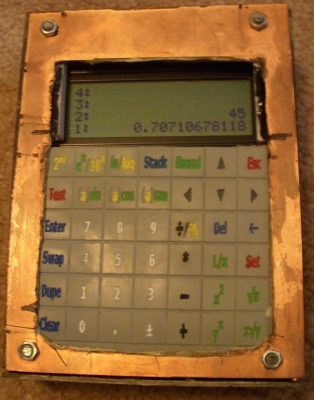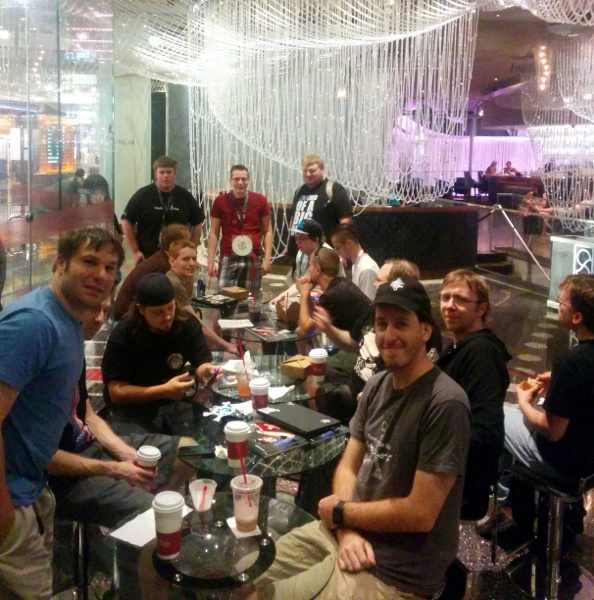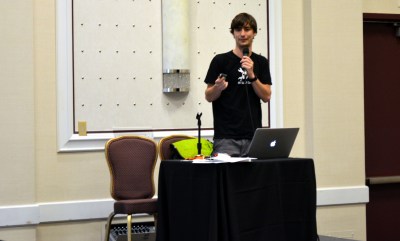I entered the Hackaday Prize in 2014. I entered because Hackaday editor [Brian Benchoff] persuaded me to. I ran into Brian at the HOPE conference in NYC and he told me that there were about only 800 entries to compete against.
I didn’t enter until a day or two before the deadline, which is where we are today. The deadline for this year’s 2015 Hackaday Prize is on Monday. Again there are around 800 entries to compete against.
When I entered the competition last year I never dreamed that I’d be managing the same contest this year. I didn’t know much about contests, and I certainly never thought that the odds of winning anything were very good. It is very easy to talk yourself into thinking that everyone else’s project has a better chance of winning.
So now that I’m working in it, I see all of the entries every day, I talk to all of you daily about your projects (which is an awesome part of my life, thank you!) and I can tell you that everyone else’s project does not have a better chance of winning than yours.
Best Product Has Crazy Good Odds
New to the 2015 Hackaday Prize we added a Best Product category. The Best Product is meant to encourage that small window of opportunity between project prototype and product. We ask that products entered into this category get 3 copies of that product to us before we close entries on Monday. Three copies means that you can duplicate your product, but you still may not yet be in a place where you can turn that into a company.
The crazy thing is that we haven’t received so many entries for this, and the prize for Best Product, besides keeping you in the running for the main Hackaday Prize, is $100,000 and 6 months free rent in the Supplyframe Design Lab. This is a recipe for a successful business start.
The odds are insanely good this time around. For Best Product so far, we’ve got under 100 entries. This means you have a 1 in under 100 chance of winning $100,000. For the main Hackaday Prize, we’ve got under 1000 entries and 5 prizes, so you have a 5 in 1000 chance of winning some portion of $500,000 in cash or prizes.
How do you make sure you’re actually in the running? You complete the requirements! Make your project logs, your cell phone video and your system diagram. You can do this in under a day, so make it happen!
Read the Official Rules Here
Why Enter?
Last year’s Hackaday Prize theme was to “design a connected device” so we upped the bar a little this year. Actually, we upped the bar a lot with a theme of “design a solution to an important problem”. We want you to come up with ideas that have the potential to help a lot of people. We want you to not only think about winning money and trips to space, but to think about others. We gave away stuff — lots of stuff — during the contest to encourage those ideas. I think we all won with that.
We started Hack Chats weekly for the past couple of months and I’ve seen people get job offers, collaborate and start new projects from those chats. So, come to the Hack Chats, get your Prize entries in and use your smarts to effect change!












 For us, the festivities closed out with a Hackaday Breakfast Meetup on Sunday morning. Usually we’d find a bar and have people congregate in the evening but there are so many parties at this conference (official and unofficial) that we didn’t want people to have to choose between them. Instead, we made people shake off the hangover and get out of bed in time for
For us, the festivities closed out with a Hackaday Breakfast Meetup on Sunday morning. Usually we’d find a bar and have people congregate in the evening but there are so many parties at this conference (official and unofficial) that we didn’t want people to have to choose between them. Instead, we made people shake off the hangover and get out of bed in time for 



 One of the “village” talks that I really enjoyed was from [Eric Evenchick]. He’s been a writer here for a few years, but his serious engineering life is gobbling up more and more of his time — good for him!
One of the “village” talks that I really enjoyed was from [Eric Evenchick]. He’s been a writer here for a few years, but his serious engineering life is gobbling up more and more of his time — good for him!











